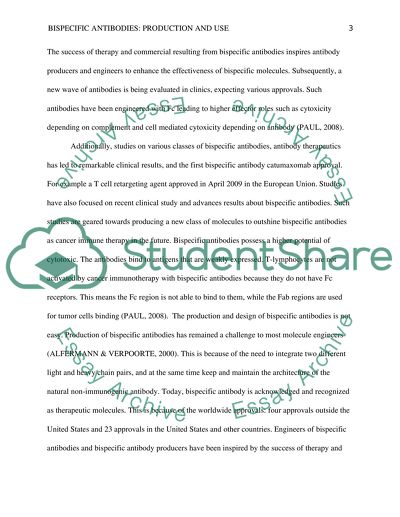Cite this document
(“Bispecific Antibodies: production and use Essay”, n.d.)
Bispecific Antibodies: production and use Essay. Retrieved from https://studentshare.org/biology/1490639-bispecific-antibodies-production-and-use
Bispecific Antibodies: production and use Essay. Retrieved from https://studentshare.org/biology/1490639-bispecific-antibodies-production-and-use
(Bispecific Antibodies: Production and Use Essay)
Bispecific Antibodies: Production and Use Essay. https://studentshare.org/biology/1490639-bispecific-antibodies-production-and-use.
Bispecific Antibodies: Production and Use Essay. https://studentshare.org/biology/1490639-bispecific-antibodies-production-and-use.
“Bispecific Antibodies: Production and Use Essay”, n.d. https://studentshare.org/biology/1490639-bispecific-antibodies-production-and-use.


